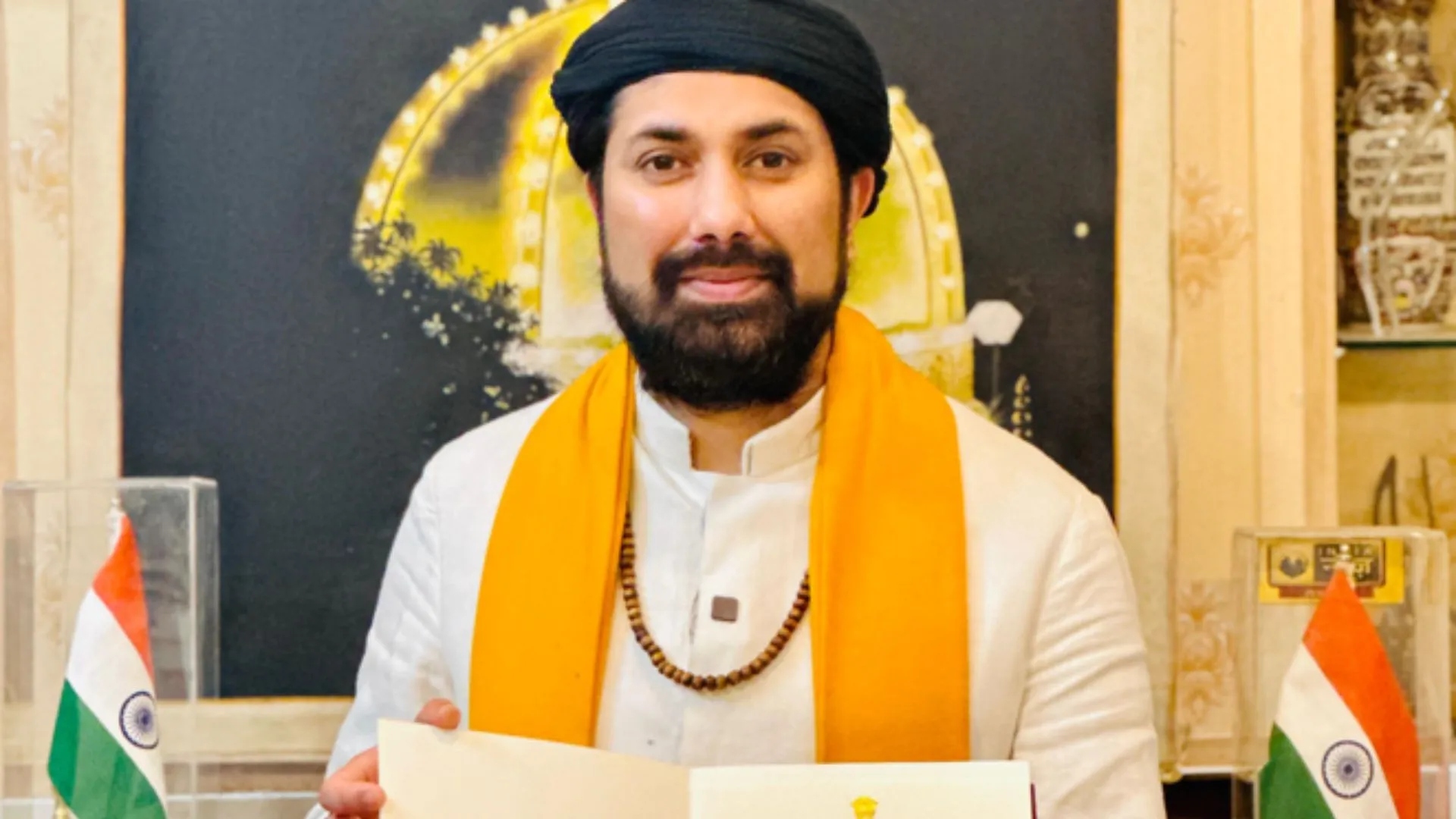The JAM trinity (Jan Dhan accounts, Aadhaar, and Mobile numbers) and Unified Payment Interface (UPI) of India have been placed as a powerful model for financial integrity in the backdrop of the recommendation of the FATF latest ‘Money Laundering National Risk Assessment Guidance.’ It is also a part of the attempt from FATF to appreciate India’s efforts toward achieving financial inclusion with minimum risk in money laundering.
India had successfully restrained cash-based informal transactions by bringing financial services into the formal streams through digital mediums, pointed out the FATF. The JAM trinity of biometric identification through Aadhaar, bank accounts under Jan Dhan, and smart access to mobile, had managed to increase formal transactions, transparency, and easier accesses of financial services throughout the country.
All these significant transactions in India’s informal economy have taken place in the form of cash. The report of the FATF noted that India’s policies on Jan Dhan, Aadhaar, and Mobile have promoted formal financial inclusion and people’s access to low-cost bank accounts. Such practices have helped India restrain money laundering and financing of terrorism through accessible and more suitable banking options for low-income groups.
Where India Has Been Among Top Winners
Recently, India was ranked among the top-performing countries in terms of compliance related to anti-money laundering and counter-terrorism financing, the latest FATF assessment reports. India’s “robust compliance system,” the report says, is besting even the U.S., China, or Germany in adhering strictly to the 40 evaluative parameters of the FATF. Such an accolade puts India within the rather exclusive club of FATF high achievers in the campaign to combat illicit financial flows.
Digital payment infrastructure in India, primarily led by UPI and RuPay cards, has grown exponentially. Compared to 20.7 billion digital transactions in the 2017-18 fiscal year, the number surged to 134.6 billion in the 2022-23 fiscal year. Government data for 2023-24 showed that more than 185.92 billion transactions worth ₹3,658 lakh crore were recorded, which indicates the speed at which India is embracing digital payments.
India has targeted the development of its digital payment infrastructure, enabling fast transaction growth and financial access,” said the FATF report. Today, UPI is operational in many countries including the UAE, Bhutan, and Singapore. Increasingly this is being extended to regions like Nepal, Mauritius, and France. Similarly, RuPay cards have been accepted in Bhutan, Nepal, Singapore, and the UAE.
FATF Hails India’s Risk-Managed Financial Inclusion Strategy
This approach of well-balanced financial inclusion adopted by India is appreciated by the report of FATF, wherein risk-mitigation measures are built into financial products. Thus, the overall risk of money laundering and terrorism financing was kept low in India’s financial products. The accessibility of the JAM trinity together with strict mechanisms for compliance has allowed a broader segment of the population to participate in the formal financial system with minimalized risk.
India’s KYC policies, which are part of the Prevention of Money Laundering Act (PMLA), were lauded for setting very high standards with regard to customer due diligence. The report by FATF said that India had made the process of CDD streamlined so that now opening small accounts belonging to low-risk clients is possible without compromising safety.
In fact, while revising its 2012 report on India, FATF has endorsed India’s digital financial stack as a model of security and accessibility. The structured approach ensures that simplified measures are unavailable in high-risk situations, thus ensuring the integrity of the financial system. “The rules restrict simplified measures where there is suspicion of ML/TF or where risk does not align with national assessments,” the FATF noted, emphasizing India’s commitment to secure and inclusive financial growth.






















